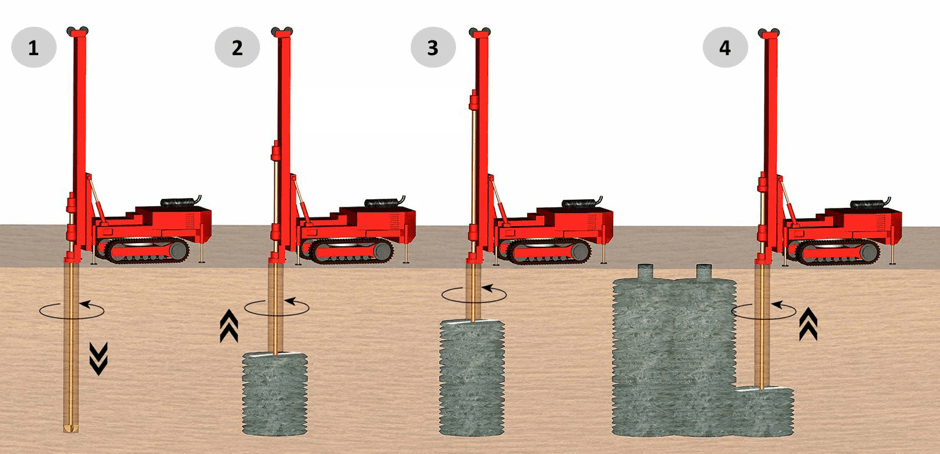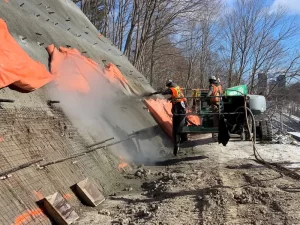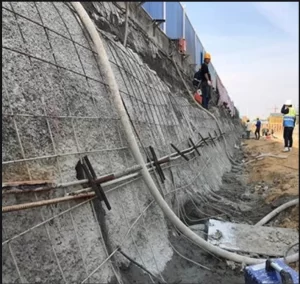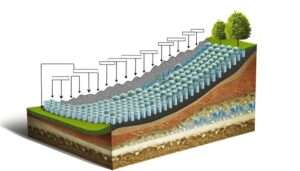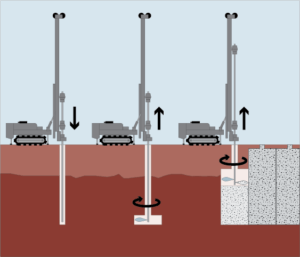In the world of construction, the stability and strength of the ground play a pivotal role in ensuring the success and safety of any project. Tam grouting, an advanced grouting technique, has emerged as a reliable solution to enhance ground strength and mitigate potential challenges posed by weak or unstable soils.
What is Tam Grouting?
Tam grouting, also known as tube-a-manchette grouting, is a specialized process used to inject grout into the ground at targeted locations. It involves the use of manchette pipes (tubes with pre-drilled holes sealed with rubber sleeves) through which grout is delivered under pressure. The technique allows for precise control of grout placement, enabling engineers to strengthen specific zones of the ground without affecting surrounding areas.
Applications of Tam Grouting
Tam grouting is versatile and can be applied across various construction and geotechnical scenarios, including:
1.Foundation Strengthening: Reinforcing the ground beneath buildings, bridges, and other structures to prevent settlement and ensure stability.
2.Tunneling and Excavation: Stabilizing soils around tunnels and excavation sites to minimize collapse risks.
3.Dam and Embankment Repairs: Sealing leaks and improving the integrity of dams and embankments.
4.Groundwater Control: Reducing water ingress in underground constructions by sealing voids and fractures.
5.Soil Improvement: Enhancing the load-bearing capacity of soils to support heavy infrastructure.
Types of Grouts Used
The effectiveness of tam grouting largely depends on the type of grout selected for the project. Commonly used grouts include:
- Cementitious Grouts: Suitable for filling voids and improving soil strength.
- Chemical Grouts: Ideal for waterproofing and binding fine soils.
- Polyurethane Foams: Effective for rapid sealing and stabilization in emergency scenarios.
Advantages of Tam Grouting
Tam grouting offers several benefits that make it a preferred choice for ground improvement:
- Precision: Allows for localized treatment without disturbing adjacent areas.
- Versatility: Adaptable to various soil types and construction requirements.
- Durability: Provides long-term stability and resilience to treated zones.
- Cost-Effectiveness: Reduces the need for extensive excavation or replacement of poor soils.
- Environmentally Friendly: Minimizes disruption to the natural environment by targeting only necessary areas.
The Tam Grouting Process
The tam grouting process involves several steps:
1.Site Investigation: Conducting soil tests and geotechnical studies to determine the extent of grouting required.
2.Drilling: Installing the manchette pipes at predetermined locations and depths.
3.Grout Injection: Pumping grout into the soil through the manchette pipes at controlled pressures.
4.Monitoring and Testing: Assessing the effectiveness of grouting through post-injection testing and monitoring.
Conclusion
Tam grouting has revolutionized ground improvement techniques, offering unparalleled precision and efficiency for a wide range of construction projects. By addressing soil weaknesses and enhancing ground stability, tam grouting ensures the longevity and safety of infrastructures, making it an indispensable tool in modern construction and geotechnical engineering.



